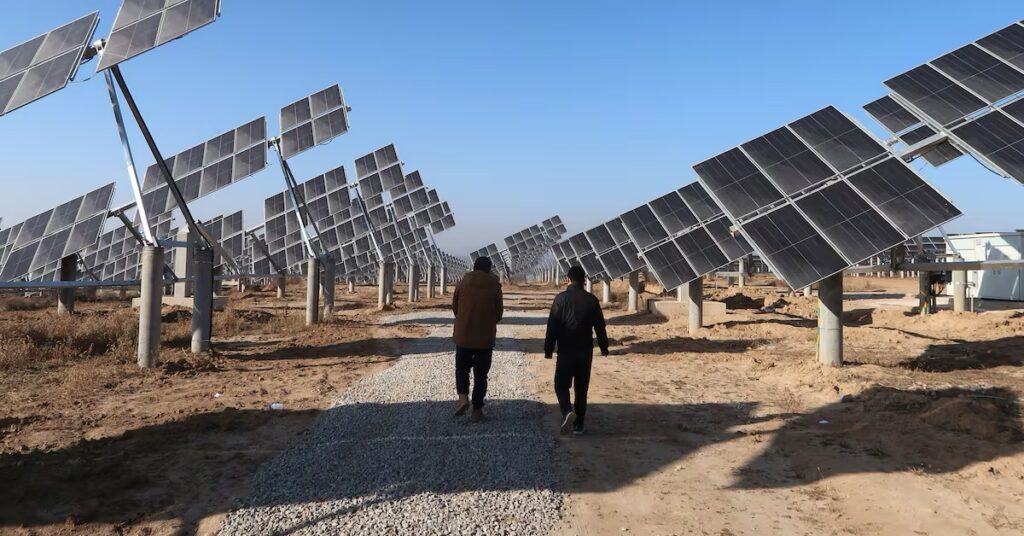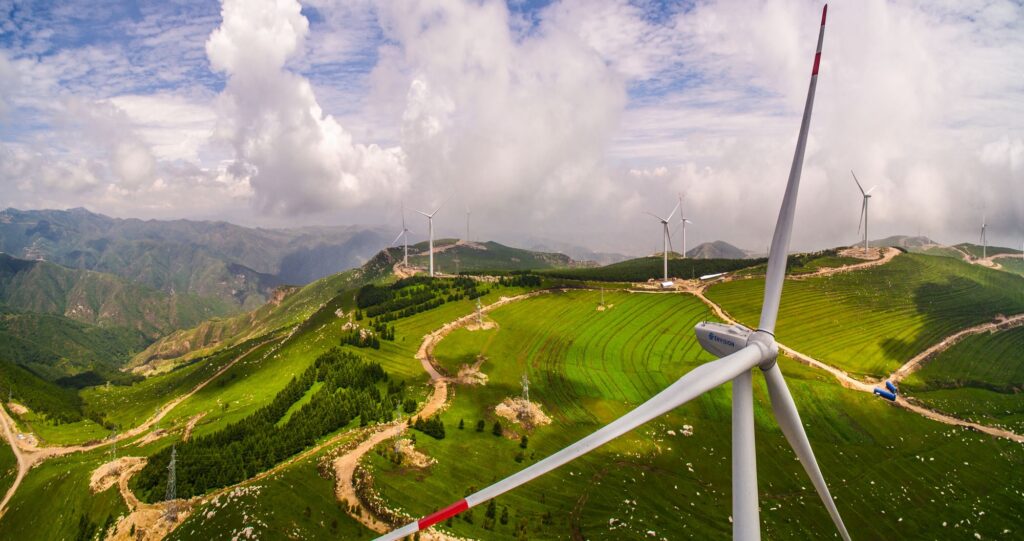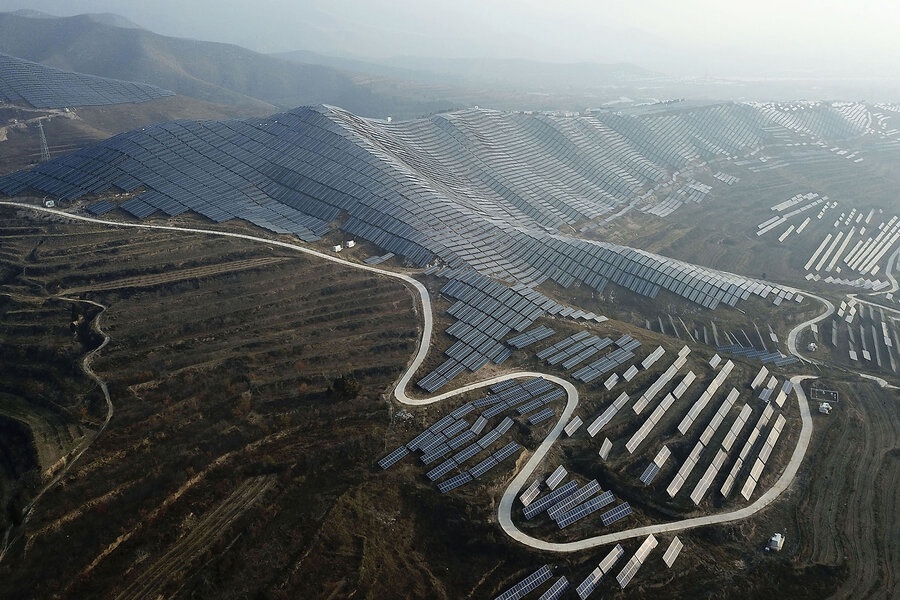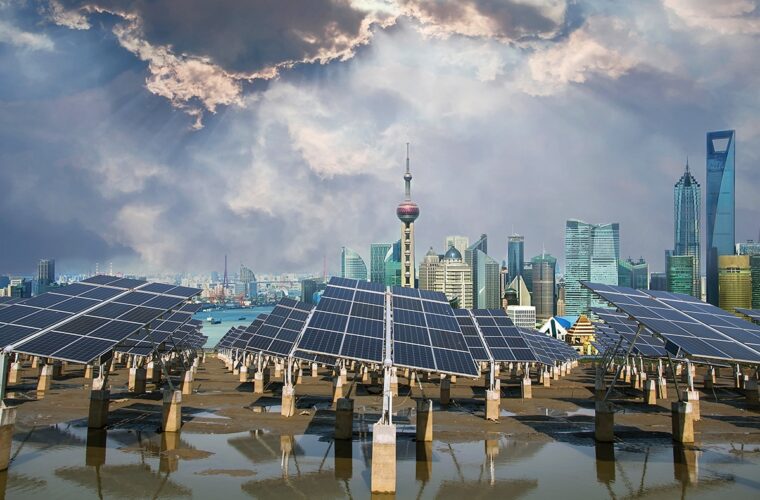China’s Energy Transition: Powering a Sustainable Future
The Renewable Energy Landscape in China
China has emerged as a global leader in the transition towards a more sustainable energy system. According to the latest data from the National Energy Administration of China, renewable energy sources accounted for 29.5% of the country’s total electricity generation in 2022, up from 26.3% in 2018.
Solar Power: Harnessing the Sun’s Potential

One of the key drivers of China’s energy transition has been the rapid growth of solar power. As of 2022, China had an installed solar PV capacity of 308 GW, making it the world’s largest solar market. The country’s vast land area, abundant sunshine, and supportive policies have enabled massive investments in both utility-scale and distributed solar projects.
Wind Power: Capturing the Breeze
Wind power has also been a significant contributor to China’s renewable energy mix, with an installed capacity of 328 GW as of 2022. The country’s coastal regions and vast interior have provided ample opportunities for the development of both onshore and offshore wind farms.
Hydropower: Harnessing the Power of Water
Hydropower has been a reliable source of renewable energy in China for decades, with an installed capacity of 370 GW as of 2022. The country’s extensive network of rivers and lakes has enabled the construction of a range of hydroelectric power plants, which contribute significantly to the overall energy mix.
Policy Drivers and Regulatory Frameworks

China’s energy transition has been supported by a comprehensive policy and regulatory framework, with the government setting ambitious targets for renewable energy deployment and greenhouse gas emissions reductions.
The Five-Year Plans and the Carbon Peaking and Neutrality Targets
China’s energy and climate policies are largely driven by its Five-Year Plans, which outline the country’s economic and social development goals. The latest 14th Five-Year Plan (2021-2025) sets a target of 25% non-fossil fuel energy in the primary energy mix by 2030. Additionally, China has committed to reaching carbon peaking by 2030 and carbon neutrality by 2060.
Renewable Energy Auctions and Incentives
To support the deployment of renewable energy, the Chinese government has implemented a system of competitive auctions for renewable energy projects. These auctions have helped to drive down the cost of renewable energy and have attracted significant investment from both domestic and international companies.
In addition to the auction system, China also offers a range of financial incentives and support mechanisms for renewable energy projects, including feed-in tariffs, tax credits, and investment grants.
Challenges and Opportunities

While China’s energy transition has been largely successful, the country still faces a number of challenges and opportunities as it works to achieve its long-term sustainability goals.
Grid Integration and Flexibility
One of the key challenges is the integration of large amounts of renewable energy into the national grid. As the share of variable renewable sources like wind and solar increases, the need for grid flexibility and energy storage solutions becomes more pressing.
Energy Efficiency and Electrification

Another area of focus is improving energy efficiency and electrification across various sectors, including transportation, industry, and buildings. The Chinese government has set targets for improving energy efficiency and increasing the use of electric vehicles, but more work is needed to fully realize these goals.
Social and Economic Impacts
The energy transition also has significant social and economic implications for China. While the shift to renewable energy has created new jobs and economic opportunities, it has also led to concerns about the impact on traditional fossil fuel industries and the need for a just transition that protects the livelihoods of affected workers and communities.

Conclusion
China’s energy transition has been a remarkable success story, with the country emerging as a global leader in renewable energy development and deployment. The combination of ambitious policy targets, supportive regulatory frameworks, and significant public and private investment has enabled China to make substantial progress in transitioning away from fossil fuels and towards a more sustainable energy future.
However, the work is far from over, and the country faces a range of challenges and opportunities as it continues to navigate the energy transition. By addressing these challenges and capitalizing on the opportunities presented by the clean energy revolution, China is well-positioned to maintain its position as a global leader in the fight against climate change.



